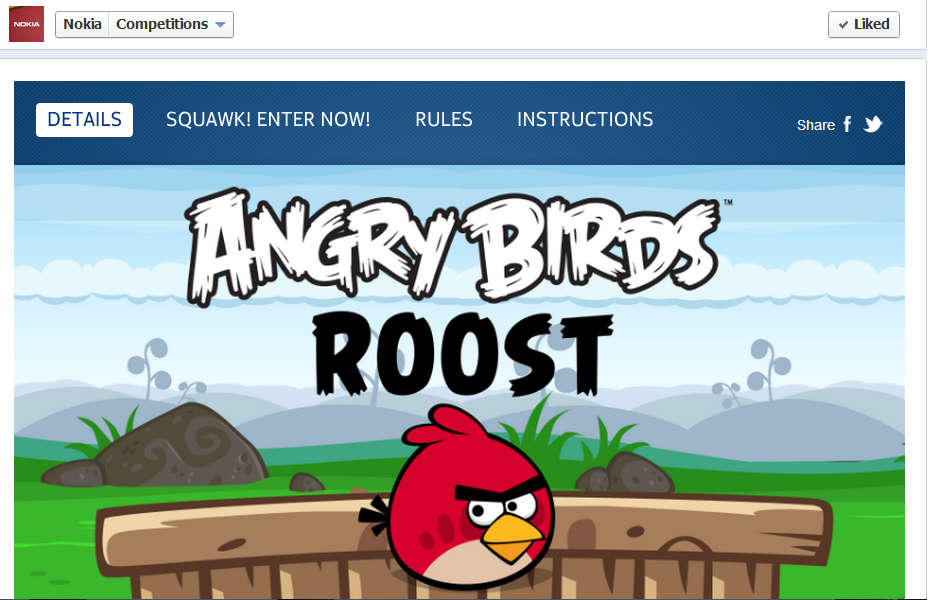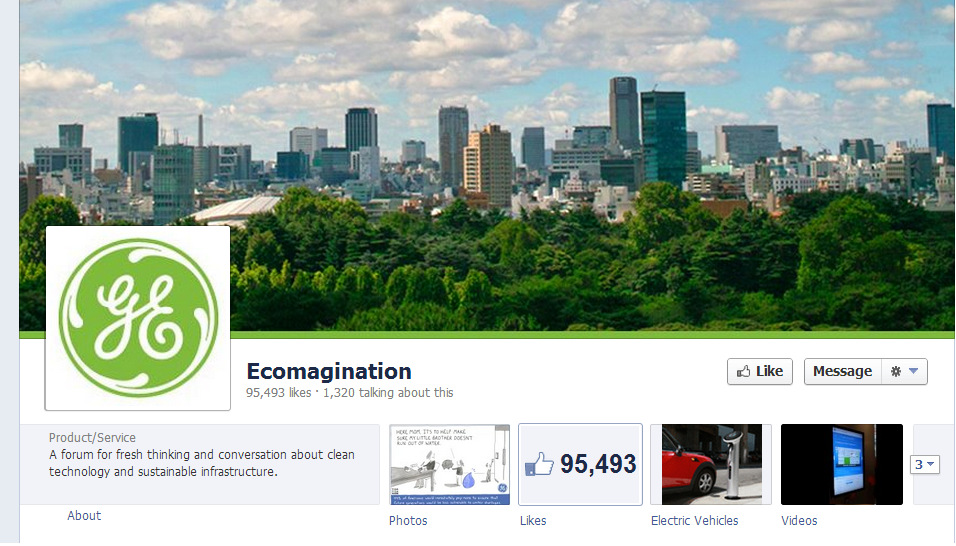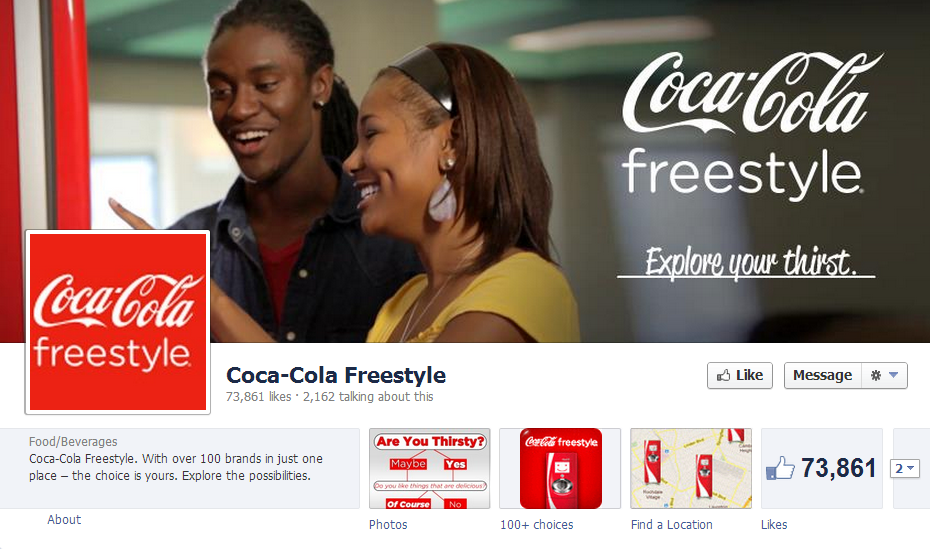This is a guest Post by Celina Conner.
Would you like to increase your Facebook page engagement?
Crowdsourcing using Facebook can help you out with this.
One of the best ways to promote your business on your Facebook page is by driving a lot of engagement – it’s important for business to look for innovative ways to increase their page engagement, especially with the recent decrease in the reach of pages. One effective technique that can help you achieve this is crowdsourcing.
Facebook has become an important tool for companies to develop and promote themselves in a non-intimidating method to reach clients and potential partners through their fanpages. They can solicit suggestions, invite brainstorming, share resources, and open up an avenue for comments and reactions from fans. In a more technical term, this collaboration is called crowdsourcing.
First introduced by Jeff Howe in 2006, crowdsourcing is calling on anyone who wants to impart their knowledge and support for a particular development or venture. It is today’s version of Focus Discussion Groups (FDG). Instead of exerting all the effort to gather a group and exchange ideas, companies use social media to collect materials and concepts to improve their businesses.
Here’s a great video where Jeff Howe explains what crowdsourcing is:-
Most crowdsourcing in Facebook uses contests, polls, and surveys for promotion or obtaining the information they need. Even Fortune 500 companies are venturing into crowdsourcing as they recognize its force in advancing their products or causes.
A few companies making the most of crowdsourcing…
Nokia, for example, launches contests through their Facebook page about their latest cell phone models and gives them away as prizes to the winners. Like the recent Wireless Charging Contest for their Nokia Lumix 920 that challenges other leading smartphone brands in the market when it comes to mobile charging. Through crowdsourcing, Nokia is able to identify the demands of smartphone users and incorporate them into the development of the product’s features and mobile apps.
Two years ago, General Electric (GE) empowered entrepreneurs through their Ecomagination Challenge by helping them develop and market their innovative ideas on clean technology and sustainable infrastructure. 70,000 participants from around the world sent their entries and twelve projects won and received development funds from GE. Even today, GE’s Ecomagination page continues to rally people to discover new ways of green living.
Another known company that uses crowdsourcing is Coca-Cola. They invested in crowdsourcing and associated with recording companies to provide budding artists a platform to launch their music careers. Coca-cola also charged its fans to create their own mix of Coke via the Coca-cola Freestyle app and used their page to lead them to partner stores where they can actually create the drink.
These are just a few of the known businesses that have taken advantage of crowdsourcing and have boosted their market presence because they gave their fans access to major decisions for their company. Your business can also join this roster of successful crowdsource initiatives with the proper guidance.
Now, as with all business practices, there is also etiquette in crowdsourcing through Facebook. This shows your company’s professionalism despite the informal setting of Facebook. Let the following dos and don’ts guide you.
Dos:
1. Do identify the strength of your brand: Leverage on one strong, unique feature of your product or service and use this to create contests that will highlight your strength.
2. Do make it relevant: People love to collaborate with companies who are aware of current settings that surround them. This doesn’t only speak of seasonal occasions, but also recent goings-on like a present social issue or world event.
3. Do clarify the task: It’s important for your fans to understand what exactly you need from them. Whether it is a campaign or contest, you need to set the ground rules to avoid any unsuitable responses.
Don’ts:
1. Don’t crowdsource different things at the same time: While this may seem like hitting two birds with one stone, it could actually throw the people off-course. Engage with your fans on a focused aspect of your brand and gather the proper feedback you need.
2. Don’t be limited to contests: Your way of connecting to fans can be done in various ways, like polls and surveys, among many others. Find out which approach works best for you.
3. Don’t forget to provide an update after the crowdsourcing is over: Your fans will appreciate your gesture of keeping them posted about what the results are and how it ended. They will feel that you value their contributions and in turn will create a loyal following to your brand.
If at some point your fans have lost the enthusiasm to get on board, you may be doing something wrong. It’s time to review your approach in getting your fans’ feedback, and adjust accordingly.
Crowdsourcing has boosted many businesses since it began and it continues to evolve to match the demands of marketing products and services. Facebook is a goldmine of resource if you know how to utilize it. These are just some guidelines that can help you understand how to use your company’s fan page to crowdsource for insights from the actual people you cater to. Work it to your advantage and learn how you can bring thousands of ideas to expand your business.
Have you performed crowdsoucing using Facebook? How was your experience? Are there any tips you would like to share with us? Please leave your comments in the comments box below.
About Celina Conner
Celina Conner is a Yoga Instructor, a holder of a Management Diploma from Martin College Australia, and a mother of a beautiful daughter, Krizia. She has a passion in cooking and formulating vegan recipes. Follow her adventures on Twitter.


